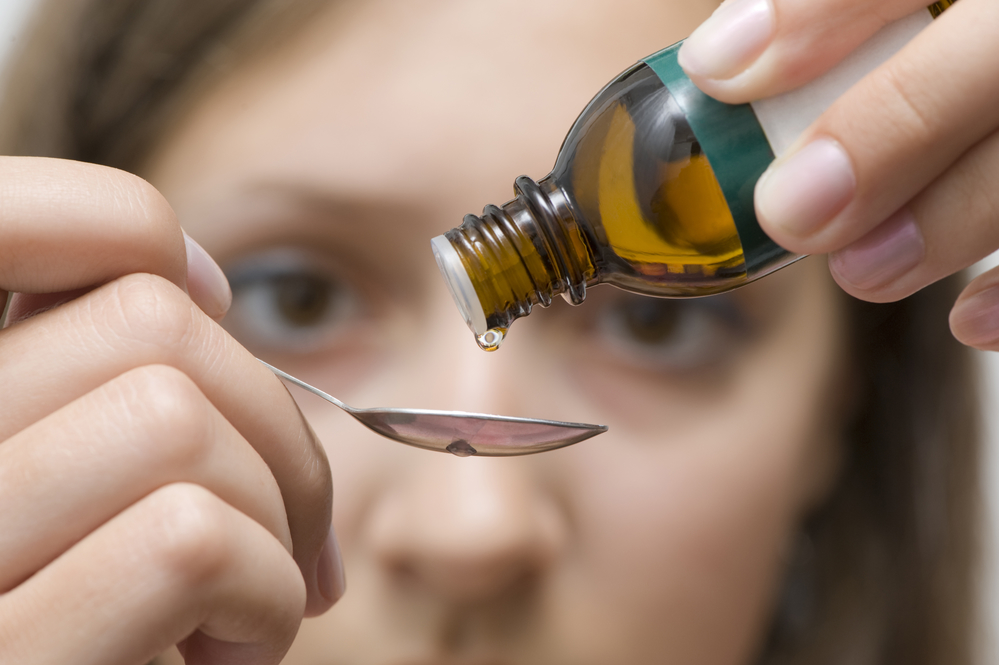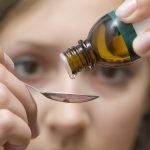Varying results are obtained after conducting tests on various alternative therapies. The book of the U.S. Institute of Medicine panel refers to Vickers’ (1998) findings that complimentary and alternative medicine or CAM-related randomised controlled trials (RCTs) are mostly in the Cochrane register, 19% were not found in Medline and 84% were in the conventional medical journals. In 2005, the Cochrane Library also conducted a CAM-related Cochrane and non-Cochrane systematic reviews done by readers. Results for the CAM studies were: 38.4% – had positive or probably positive effect; 4.8% had no effect; 0.69% had harmful effect and 56.6% insufficient evidence. The 1998 Cochrane database was used in the conventional review whereas the 2004 Cochrane database was used in the CAM review. Alternative medical medications are mostly not patented and can be sold without any evidence of efficacy. The U.S. National Centre for Complementary and Alternative Medicine’s (NCCAM) purpose is to increase the funding for scientific research of the alternative medicine practises. Since 1992, almost $1 billion have already been spent by the NCCAM and the Office of Alternative Medicine. Effectiveness of herbal medicines was studied by the German Federal Institute for Drugs and Medical Devices Commission E. Biologically, active alternative medicines and some herbal treatments may cause danger to patients when interacting with conventional medicines. Both alternative and conventional treatments may bring potentially dangerous side-effects to patients, be it psychological or biological. People may lose their chance of finding a more helpful treatment if they stick with ineffective treatments while spending much time, effort, and money.
Alternative and Evidence-based Medicine

Let us know if you liked the post. That’s the only way we can improve.











